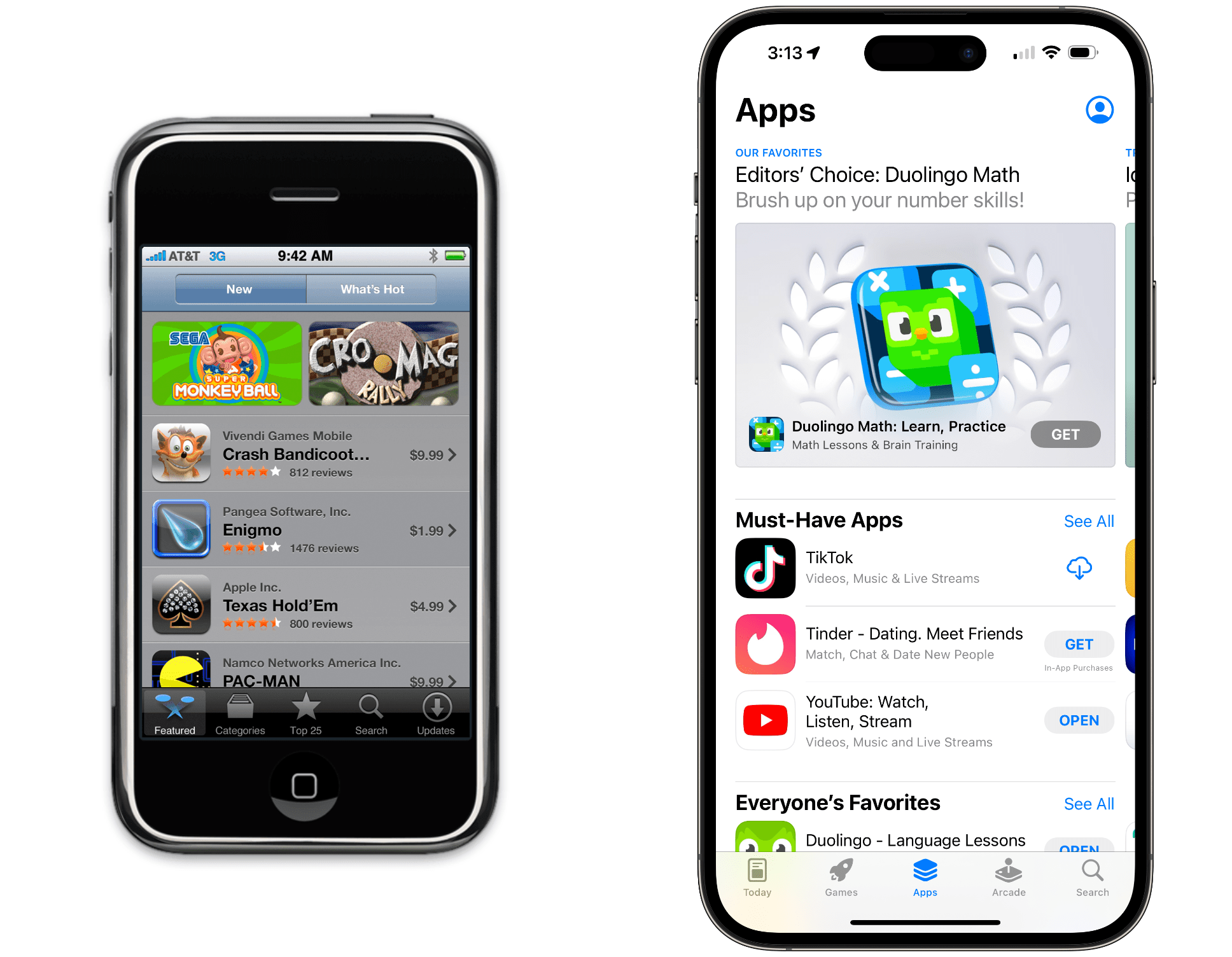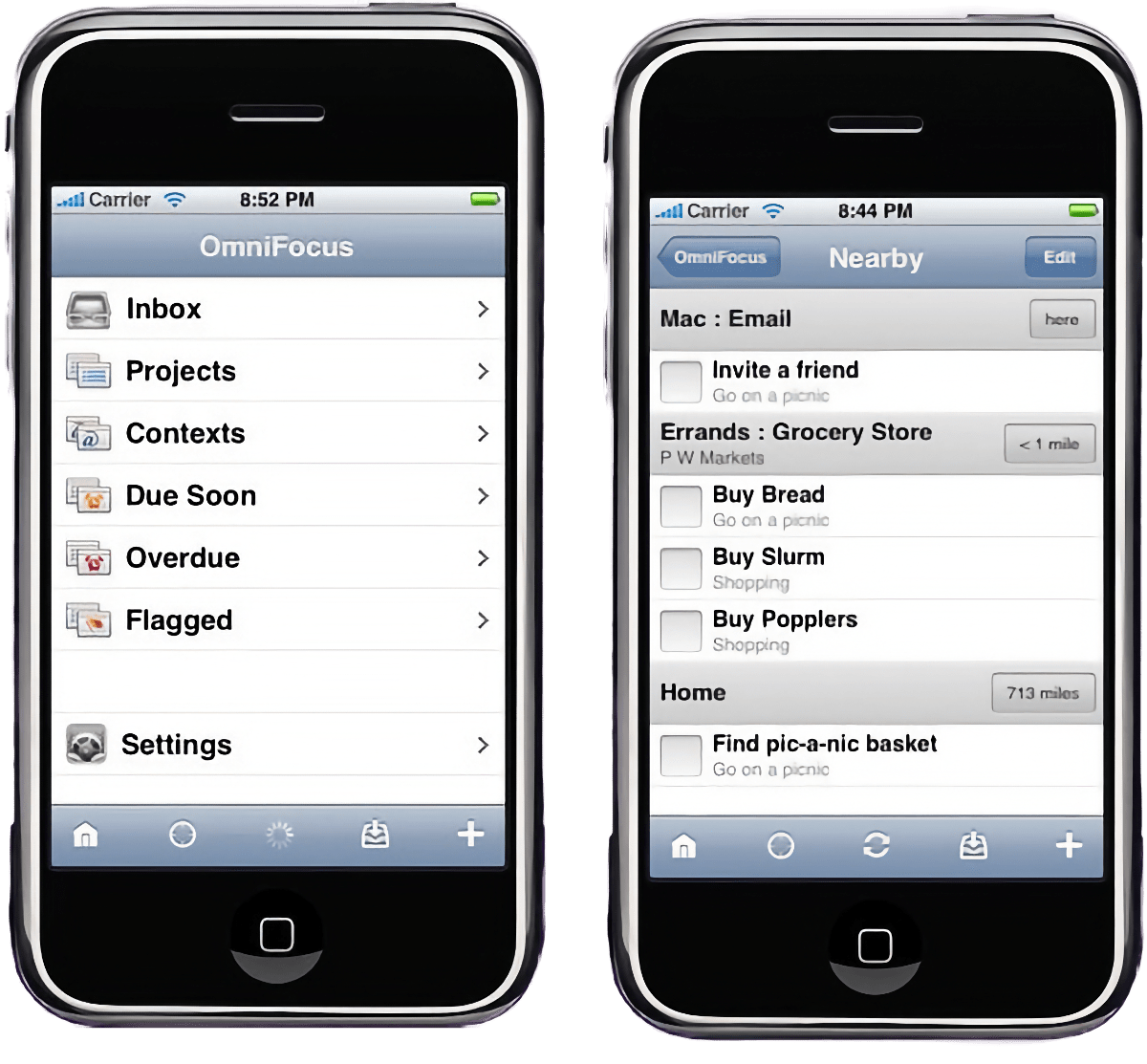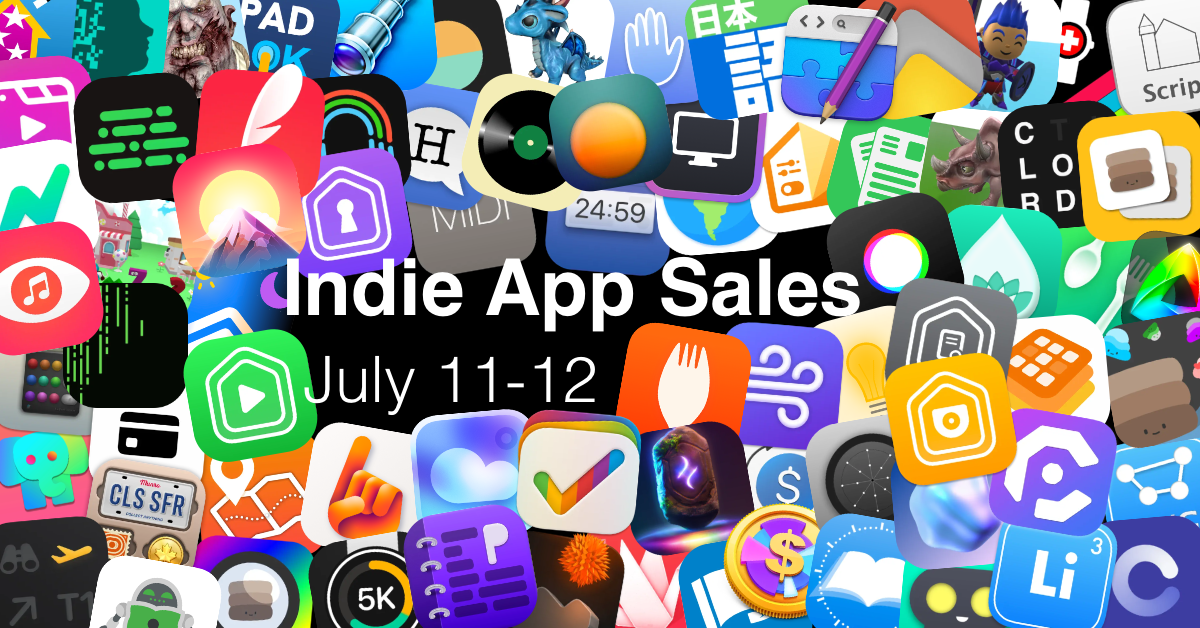Jason Tate, in his always-excellent Liner Notes newsletter1, has written about the practical value of Threads’ built-in social graph and how it differs from signing up for Mastodon or Bluesky:
This is a key (and likely killer) feature for onboarding someone into Threads. Like TikTok, you don’t have to do anything else after signing up to start seeing stuff. Is all of that going to be relevant to you? Probably not. But it removes the problem of most social media platforms: a user signing up and then going, “Ok, now what?” Building on top of the Instagram social graph removes a huge barrier and gives Threads a bootstrapping head start. It’s “valuable” to any Instagram user almost immediately. The app itself is fine. It’s not what I would prefer in an app for this kind of thing (Ivory is). But it’s fine. In my playing around with it over the past few days, I have two main thoughts, the first is on what works, and the second is on what needs to change. Let’s start with what works. The people are here. Joining Mastodon and joining BlueSky, I can find maybe 5% of the people I’m looking for. On Mastodon, it’s a lot of my tech and nerd friends. On BlueSky, it’s a few joke accounts. On Threads, I’d venture almost 90% of the people I’m looking for are there. Music people and bands that never joined Mastodon are there, and they’re posting. Many of the baseball and basketball accounts I follow are there, and they’re posting during games. This is a huge use case for me in a real-time app like this. Social media, and communities, are all about who is on the platform. The value a user gets is directly tied to the people who are there posting on it. I can love Mastodon as much as I want, but if I cannot extract the value I’m looking for from it daily, I’ll use it less. And that’s why I want Threads to succeed if they follow through on their promise to federate with the Fediverse.
That’s precisely the issue with Mastodon for me. I love Mastodon, and I’ve built an amazing audience of tech enthusiasts and MacStories readers there, but the non-tech people I want to follow online just aren’t there. I’ve been on Mastodon for several months now, and so many communities I used to follow on Twitter never signed up; meanwhile, I noticed folks from music Twitter, VGC Twitter, and videogames Twitter show up on Threads within days. And they’re posting.
So far, the value of Threads2 is that it fills a hole left by Twitter that Mastodon, for a variety of reasons, never filled. I don’t know if it’ll ultimately succeed without Meta ruining it in the long run, but anything to move communities away from Elon works for me right now.
- If you love music and don’t subscribe to Chorus.fm, you’re missing out. I read Jason’s site religiously every week (and have been for decades, since it was AbsolutePunk). ↩︎
- You can find me as @viticci there. We’re working on bringing out company accounts to Threads too. ↩︎


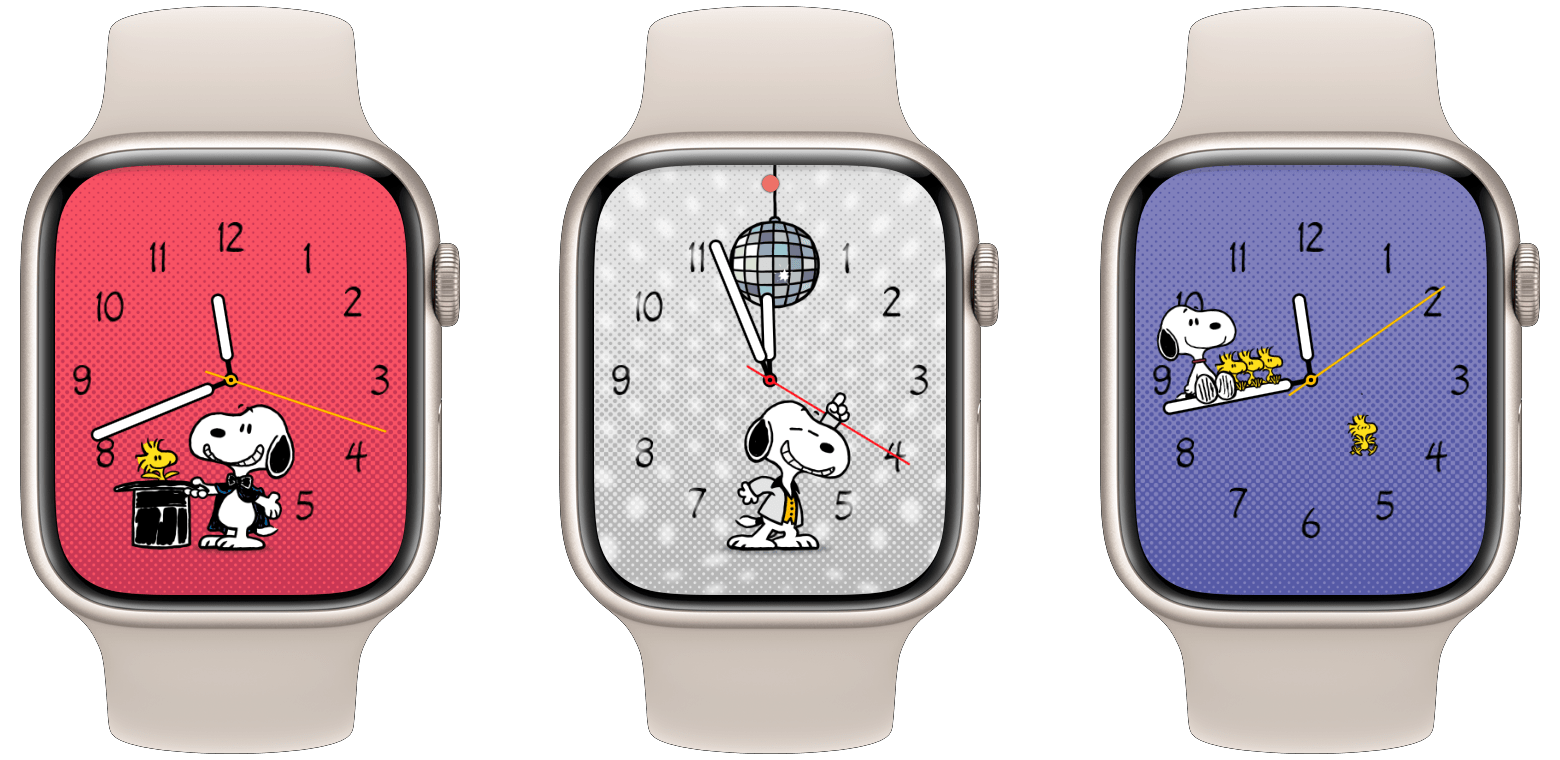
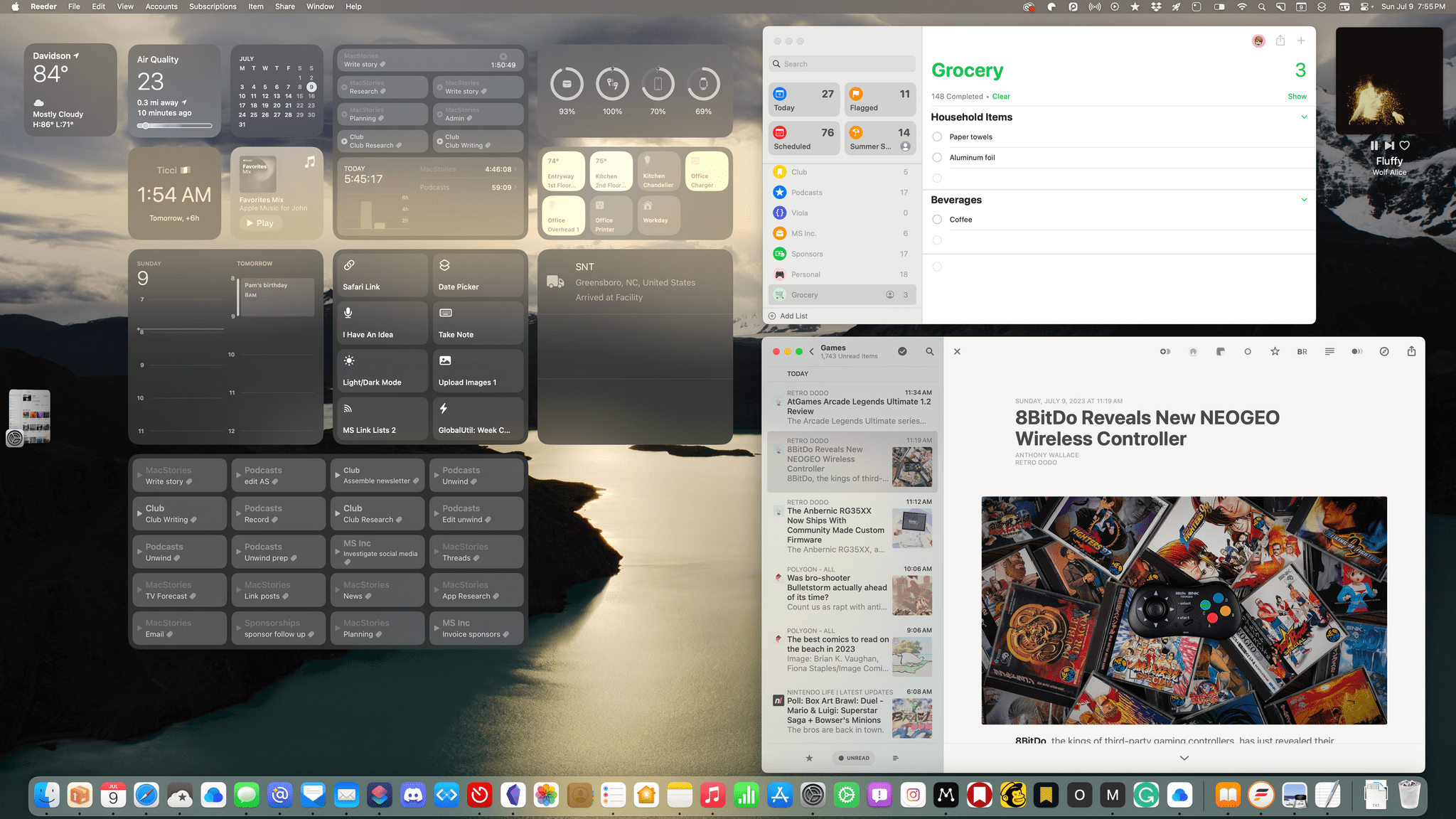
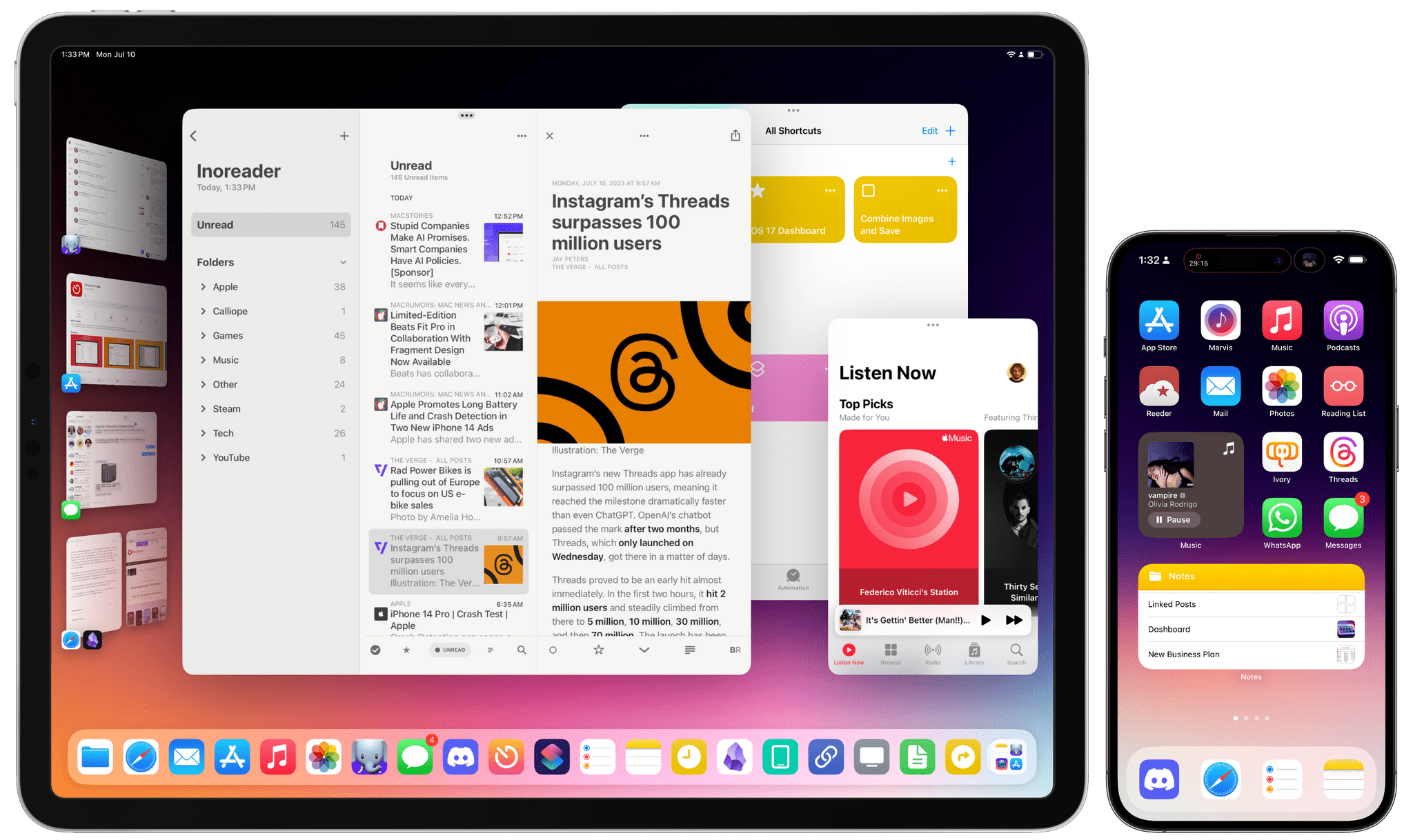
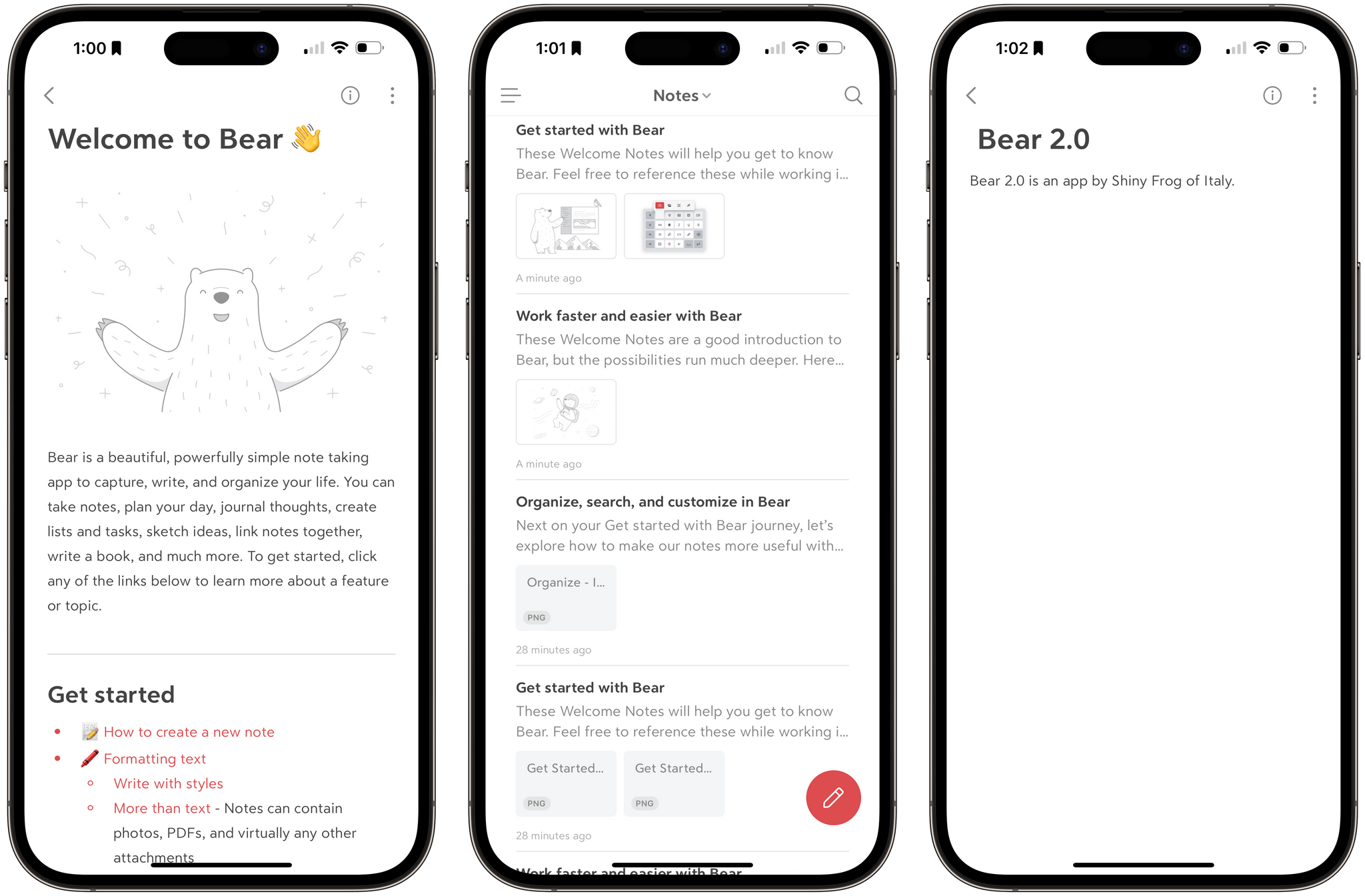






](https://cdn.macstories.net/banneras-1629219199428.png)
